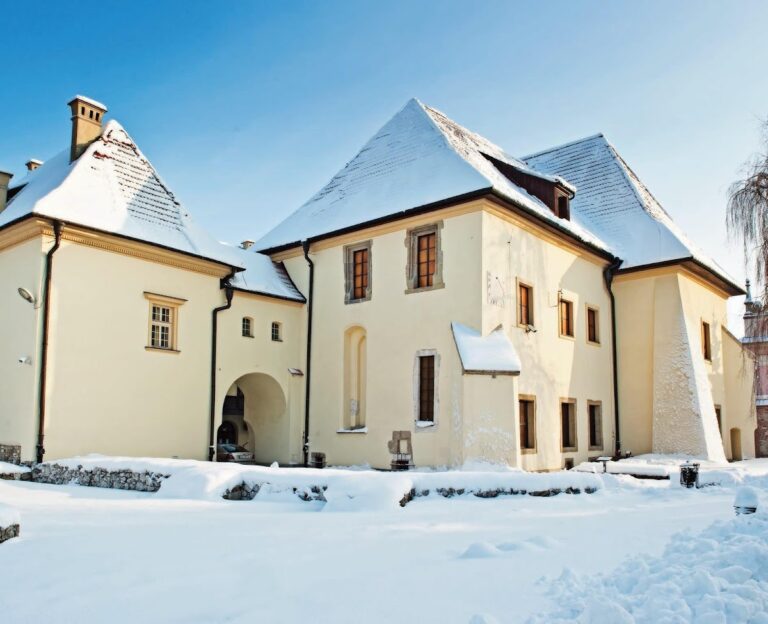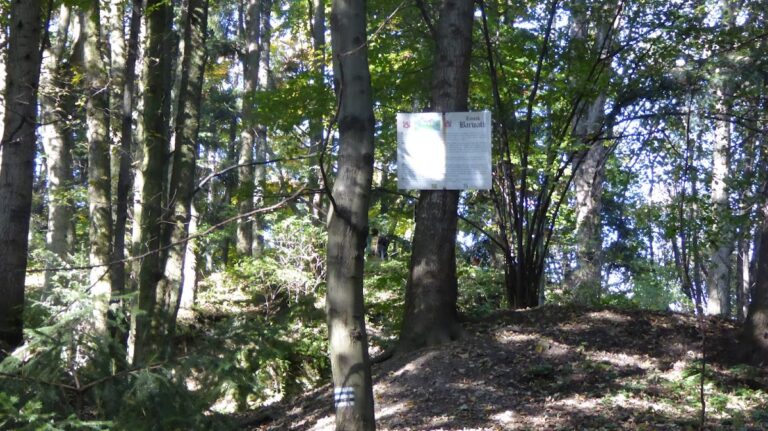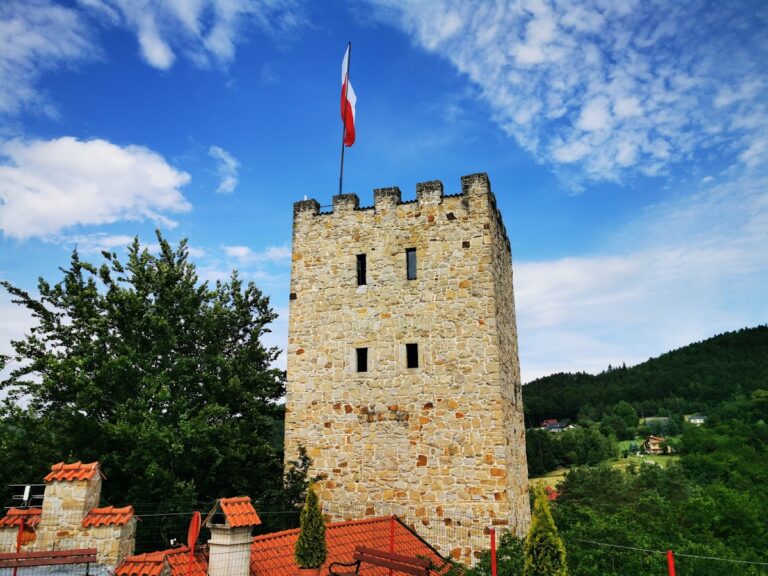Dobczyce Castle: A Historic Medieval Fortress in Poland
Visitor Information
Google Rating: 4.5
Popularity: Medium
Google Maps: View on Google Maps
Official Website: www.zamek.dobczyce.pl
Country: Poland
Civilization: Unclassified
Remains: Military
History
Dobczyce Castle is situated in the municipality of Dobczyce, Poland, and was constructed by the medieval Polish civilization. The site began as a fortified royal estate likely established in the late 13th or early 14th century. Early records show the castle had defensive structures by 1311, when King Władysław I Łokietek issued a decree there during an uprising in Kraków. The first direct written mention of the castle itself dates from 1362, confirming its early importance in Polish royal affairs.
During the 14th century, the castle evolved significantly from wooden and earth fortifications into a strong stone fortress divided into upper and lower parts. Under the rule of King Casimir III the Great, the castle’s walls were strengthened to an exceptional thickness of between five and nine meters, marking it as one of the most heavily fortified Polish castles of its time. Originally serving primarily to protect a customs chamber, the castle held both military and administrative functions.
In 1398, Dobczyce Castle became a royal residence for King Władysław Jagiełło and Queen Jadwiga. Nearly seven decades later, in 1467, it was briefly taken over by the “Brotherhood of Beggars,” a group of rebellious soldiers protesting unpaid wages. Kraków’s starost Mikołaj Pieniążek later recaptured the stronghold. The castle also served an educational purpose during the reign of King Casimir IV Jagiellon; the renowned historian and diplomat Jan Długosz tutored several of the king’s sons there, including future monarchs Sigismund and Alexander. In 1473, Prince Casimir spent several months at the castle after an unsuccessful attempt to claim the Hungarian throne.
The noble Lubomirski family acquired Dobczyce Castle in 1585 and transformed it from its medieval military form into an elegant Renaissance residence between 1593 and 1594. This period saw the castle hosting significant events such as the 1611 wedding of Barbara Lubomirska to Jan Zebrzydowski, attended by Kraków’s Bishop Piotr Tylicki. By the early 17th century, the castle had expanded to contain 70 rooms and was secured by three defensive towers.
Although the castle survived the first Swedish invasion of Poland (known as the Deluge) in the mid-17th century, it was captured and largely destroyed in 1702 during the second Swedish invasion led by King Charles XII. This event marked the beginning of the castle’s decline. In the 19th century, the stronghold was abandoned and gradually dismantled by local villagers who reused its stones as building materials. Conservation efforts began in 1901, but only after the 1960s did major archaeological excavations and restoration take place, led by local teacher and custodian Władysław Kowalski. After extensive work through the late 20th century, the site was preserved as a historical monument.
Remains
Dobczyce Castle occupies a rocky hill that overlooks Dobczyce Lake, a reservoir created by damming the Raba River, with the lake’s dam situated close to the castle’s hill. Its original layout included an upper castle set on the highest part of the hill, featuring a cylindrical tower approximately nine meters in diameter. This initial stronghold was surrounded by wooden and earthen defensive structures. Over time, these were replaced or supplemented by stone fortifications, and the complex expanded to incorporate a lower castle area.
The stone defensive walls constructed during the reign of King Casimir III were notable for their exceptional thickness, ranging from five to nine meters. Such massive walls were unparalleled among Polish fortifications of the medieval period and contributed significantly to the castle’s reputation for strength. By the early 17th century, the castle complex included an outer curtain wall guarded by three towers, enclosing as many as seventy rooms in total.
In the Renaissance era, under the ownership of the Lubomirski family, the castle was modified to reflect contemporary tastes and residential needs. The main tower was fitted with a clock, while a chapel was built on the site of the original 13th-century gate, repurposing an earlier sacred space. A decorative fountain was also installed within the castle grounds, indicating the shift from purely military to more domestic and representational functions.
Following its destruction in 1702 during the Swedish invasion and a damaging fire in 1735, the castle’s condition declined sharply. In the 19th century, much of the remaining structure was dismantled for local use. Archaeological excavations and conservation work initiated in the 20th century stabilized the ruins. Restoration efforts have rebuilt substantial portions of the castle, allowing its characteristic towers to remain as prominent features atop the hill.
Today, the castle ruins include clearly visible sections of the thick defensive walls and portions of the upper and lower castle complexes. The towers stand restored and function as viewing platforms offering expansive vistas of the surrounding Pogórze and Beskid mountain regions, as well as the adjacent Dobczyce Lake. The castle’s careful preservation provides tangible insight into its complex history as a royal fortress, noble residence, and regional landmark.










